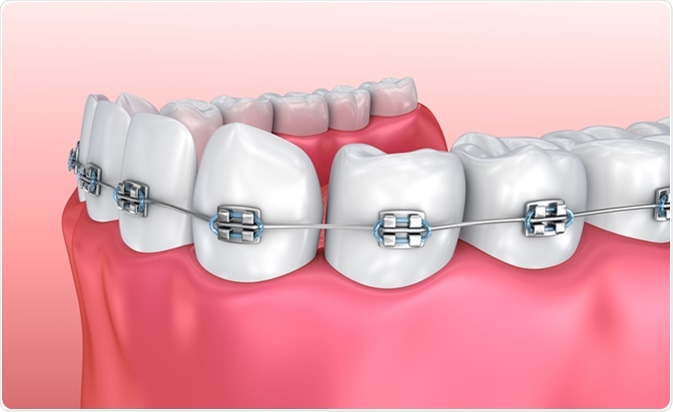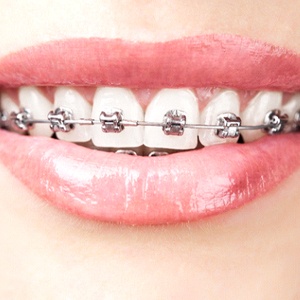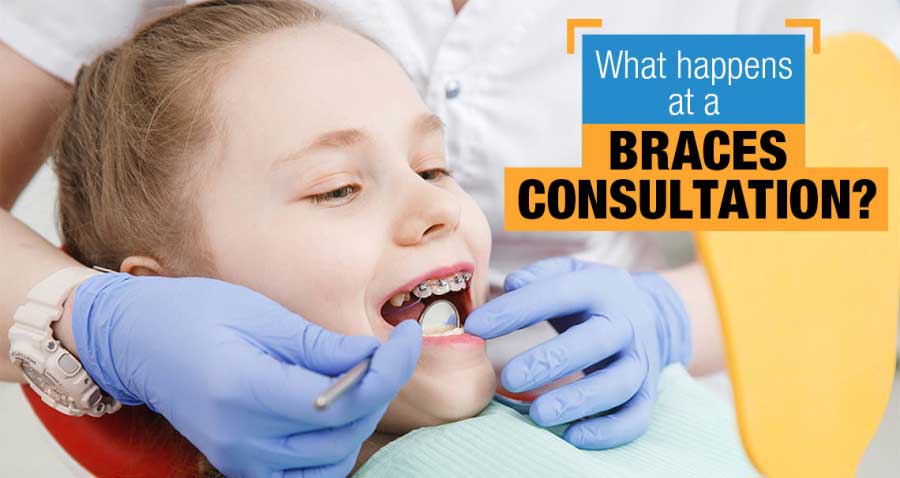Comprehensive Overview to Orthodontics Procedures for Fixing Oral Imbalances
In the world of orthodontics, the trip to achieving a completely aligned smile includes a myriad of treatments tailored to remedy oral misalignments. From standard braces to unseen aligners and also surgical options, the area of orthodontics offers an array of solutions to resolve varying degrees of oral abnormalities. Understanding the details of each procedure, including their mechanisms, advantages, and possible disadvantages, is important in making notified decisions regarding one's orthodontic therapy. As we browse with the comprehensive overview to orthodontic procedures for correcting dental misalignments, the intricate information of each approach will certainly unravel, clarifying the course towards a harmonious and practical dental placement.
Orthodontic Procedures Summary

Routine adjustments and monitoring are essential parts of orthodontic therapy to guarantee progress is on track and to make any kind of needed alterations along the means. By undergoing orthodontic procedures, people can not just accomplish a straighter smile but also enhance their overall dental health and wellness and feature.
Conventional Braces: How They Work
When considering orthodontic therapies for oral imbalances, conventional braces stand apart as a tried and true method for dealing with teeth positioning. Standard dental braces include braces, cables, and bands that interact to apply continual pressure on the teeth, slowly moving them into the desired positioning. The braces are attached to the teeth utilizing an unique adhesive, and the cables are threaded through the braces. By readjusting the tension of the wires, orthodontists can manage the instructions and pressure applied to each tooth, guiding them into correct alignment over time.
One secret element of just how standard dental braces job is the process of bone improvement. As stress is used to the teeth via the dental braces, the bone surrounding the teeth is reshaped to support the brand-new tooth settings. This renovation is necessary for the long-lasting security of the corrected placement. Clients will require routine changes at the orthodontist's workplace to ensure the dental braces remain to apply the right pressure for efficient teeth movement.
Undetectable Aligners: Pros and Disadvantages
These clear, custom-made trays are essentially undetectable when used, making them an enticing option for individuals looking for a more cosmetically pleasing orthodontic treatment. Patients can remove the aligners before eating or cleaning their teeth, reducing the threat of food getting stuck in the home appliance and streamlining the cleaning procedure.

Surgical Orthodontic Options
Surgical treatments in orthodontics existing sensible alternatives for resolving intricate oral misalignments that may not be efficiently fixed through traditional orthodontic treatments. While traditional braces and unnoticeable aligners can deal with many orthodontic concerns, specific instances require medical treatment to attain optimum outcomes. Surgical orthodontic options are generally suggested for extreme malocclusions, considerable jaw disparities, and instances where the underlying bone structure needs alteration to achieve correct placement.
One common surgical orthodontic procedure is orthognathic surgery, which includes repositioning the jaws to correct practical concerns such as problem speaking or eating. This surgical treatment is typically executed in collaboration with an orthodontist who helps line up the teeth before and after the treatment. Surgical orthodontics may also entail procedures to reveal impacted teeth, remove excess gum tissue, or reshape the jawbone to create a much more harmonious face profile.
Before thinking about surgical orthodontic choices, patients undertake a thorough analysis to identify the requirement and prospective advantages of such treatments. orthodontist. While surgery may seem daunting, it can significantly improve both the feature and aesthetic find this appeals of the smile in cases where standard orthodontic treatments drop short
Retainers and Post-Treatment Treatment

Failure to comply with post-treatment treatment directions can result in regression, where the teeth progressively relocate back towards their initial settings. Constant retainer wear, excellent oral hygiene, and normal dental check-ups are essential for preserving the results accomplished via orthodontic surgical procedure and making sure the long-lasting stability of the fixed dental positioning.
Final Thought
Finally, orthodontic treatments supply various alternatives for dealing with oral misalignments. Conventional braces use metal braces and cables to change teeth right into appropriate placement. Unnoticeable aligners give an even more discreet choice however might not appropriate for all instances. Surgical orthodontic options are offered for much more serious imbalances. Retainers are generally used post-treatment to maintain the new positioning. In general, orthodontic procedures can successfully boost dental wellness and aesthetic appearance.
As we navigate through the extensive overview to orthodontic treatments for correcting dental misalignments, the detailed details of each approach will unravel, shedding light on the course towards a practical and unified oral alignment. - cumming orthodontics
One of the most common orthodontic therapies is the use of dental braces, which are composed of metal brackets and cords that apply gentle pressure to progressively shift teeth right into the wanted position.When considering orthodontic treatments for dental misalignments, conventional braces stand out as a time-tested technique for remedying teeth placing. Additionally, unseen aligners might not be appropriate for complex orthodontic issues that call for more substantial teeth motion, as they are usually recommended for light to modest cases. Retainers are tailor-made orthodontic gadgets designed to hold teeth in their remedied placements after the conclusion of orthodontic treatment.